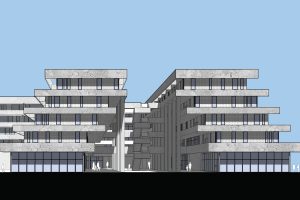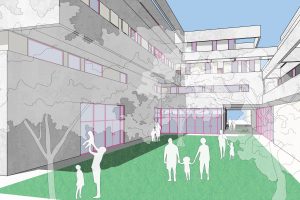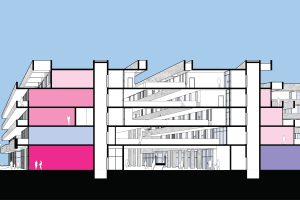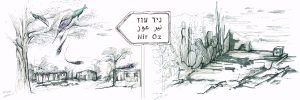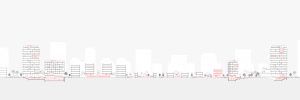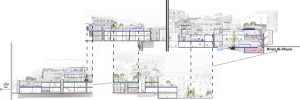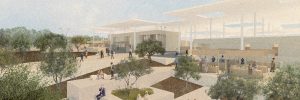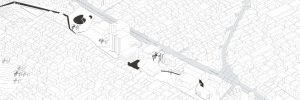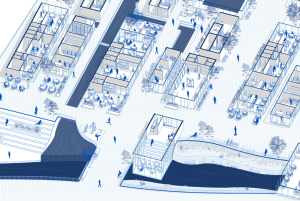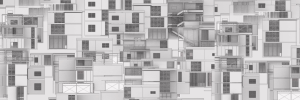Gray in the City
The Brutalist architectural style became an integral part of the modern development of the city of Beersheba. In the 1950s and 1960s, when the city began to grow rapidly due to the growing number of immigrants and the need for housing and public infrastructure, brutalism was an ideal solution. The style, which was characterized by the use of exposed concrete, simple geometric lines and resistance to harsh conditions, was particularly suited to the desert climate of the city and the functional needs of that period. Prominent Brutalist buildings, such as the campus buildings of Ben-Gurion University and the residential buildings in the old neighborhoods, became a symbol of the city’s vision of rapid and modern development. Brutalism served not only the functional need for quick and inexpensive construction, but also created a unique urban aesthetic that reflects the challenges and ambitions of Beersheba at that time.
The “Gray in the City” project is an urban renewal project in the spirit of Brutalism in 1960s Beersheba. The research seeks to re-examine the planning moves that led to the failure of the Brutalist living spaces. It presents a new framework for considering the “Brutalist problem” and offers a space for intervention to solve it. The project proposes urban renewal of Neighborhood D in Beersheba, and attempts to connect between three unique Brutalist typologies in the neighborhood. The planning proposal includes action on two scales: urban and structural. Based on the understanding that quality Brutalist planning requires a broad urban reference while also providing a climatic response corresponding to the building’s scale.
The new planning advocates the preservation of the old spaces while strengthening their urban context. This holds a high potential to create a significant cultural value for Brutalism in Beersheba by strengthening the city’s unique Brutalist heritage.
The new planning advocates the preservation of the old spaces while strengthening their urban context. This holds a high potential to create a significant cultural value for Brutalism in Beersheba by strengthening the city’s unique Brutalist heritage.








